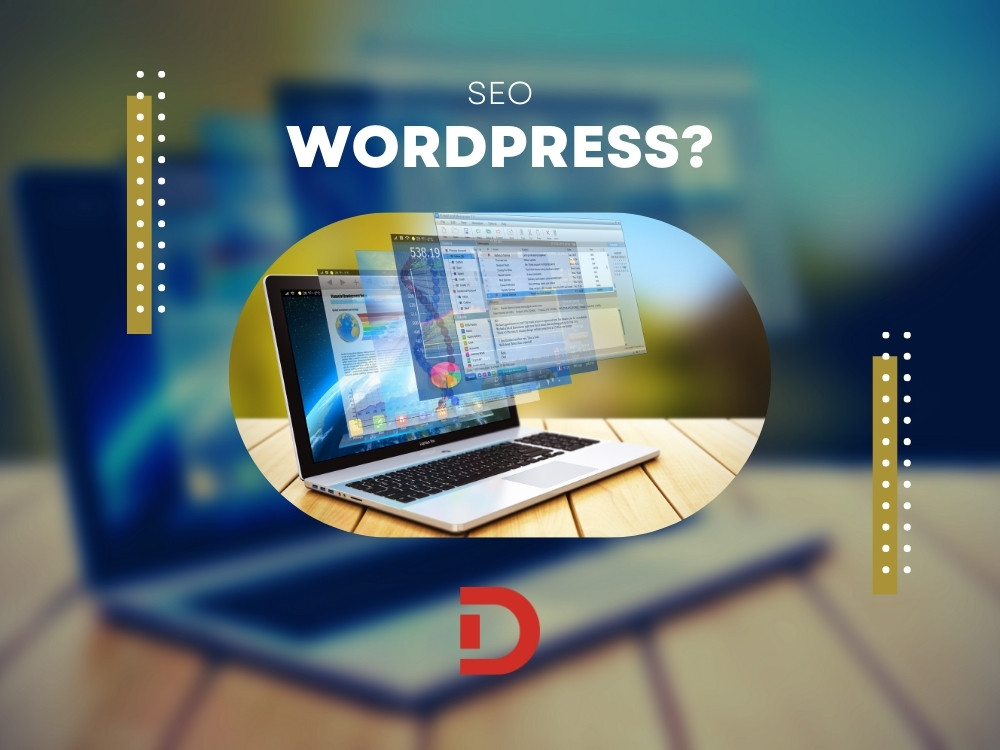The Ultimate Guide to SEO Optimization for WordPress WebSites
Optimizing your WordPress site for search engines is a crucial strategy to enhance visibility and drive more traffic. This guide dives into specific, actionable steps you can take to improve your SEO effectiveness. Here are ten key areas you need to focus on:
1. SEO-Friendly URLs
- Ensure your permalink settings are set to ‘Post name’ (
Settings > Permalinks > Post name) to create clean and readable URLs that include your primary keywords.
2. Optimizing Title Tags
- Craft concise title tags that include your main keywords, staying under 60 characters to ensure full display in search results.
3. Effective Meta Descriptions
- Write compelling meta descriptions that encourage clicks, using active language and including relevant keywords, while keeping under 160 characters.
4. Strategic Keyword Use in Content
- Integrate keywords naturally into your content, especially in the introduction, headings, and conclusion to reinforce the focus of your content.
5. Leveraging Header Tags
- Use header tags (H1, H2, H3) to structure your content effectively, making it easier for search engines to understand the organization and hierarchy of your page content.
6. Optimizing Images
- Use alt tags to describe images, incorporating keywords when appropriate. Compress images to speed up page loading times.
7. Internal Linking Strategy
- Create a robust internal linking structure that encourages visitors to explore your site further, reducing bounce rates and increasing time on site.
8. Mobile Optimization
- Ensure your site is mobile-friendly, as Google prioritizes mobile-first indexing. Use a responsive WordPress theme that adapts to various devices.
9. Speed Optimization
- Improve site speed by optimizing images, using a caching plugin, and minimizing CSS and JavaScript. Fast-loading pages are favored by search engines and users alike.
10. Regular Content Updates
- Keep your content fresh and up-to-date. Regular updates signal to search engines that your site is active, boosting your rankings and keeping your audience engaged.
Tips and Tricks for Advanced WordPress SEO
- Rich Snippets: Utilize plugins like Yoast SEO to add structured data to your posts, which can help you achieve rich snippets in search results for better visibility.
- Social Integration: Enable social media integration to make sharing your content easier for users, which can indirectly boost your SEO by increasing user engagement and traffic.
- SSL Certificate: Secure your site with HTTPS, as Google gives a ranking boost to secure sites and it helps build trust with your visitors.
- Regular SEO Audits: Perform regular SEO audits to identify and fix issues such as broken links, over-optimized content, or crawl errors.
Engage with Your Readers
Now that you’re equipped with these strategies to optimize your WordPress site, what are your plans for implementing them? Have you identified areas within your site that need immediate attention? How do you plan to measure the effectiveness of these changes?
Are there specific challenges you face with your current SEO strategies that weren’t covered here? Share your experiences and let’s discuss further enhancements and ideas. Remember, SEO is not a one-time task but a continuous process of improvement and adaptation.
